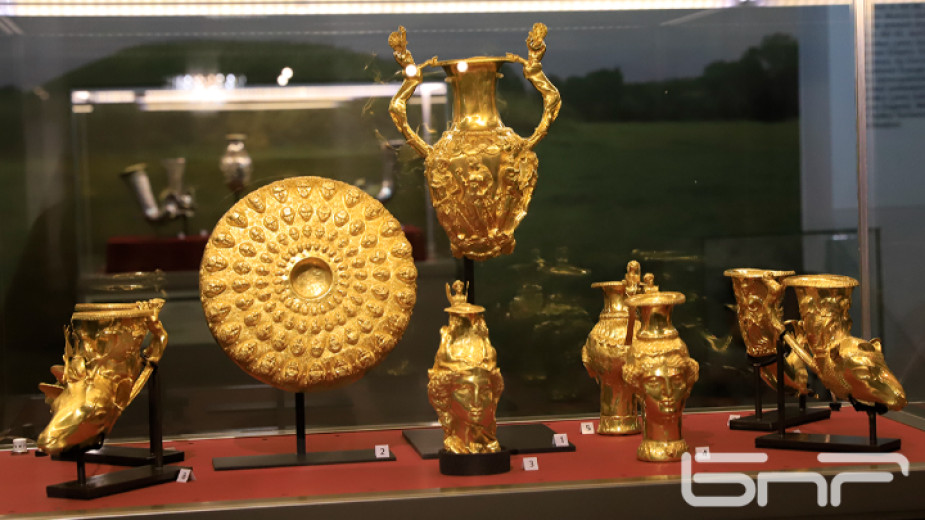 9
9
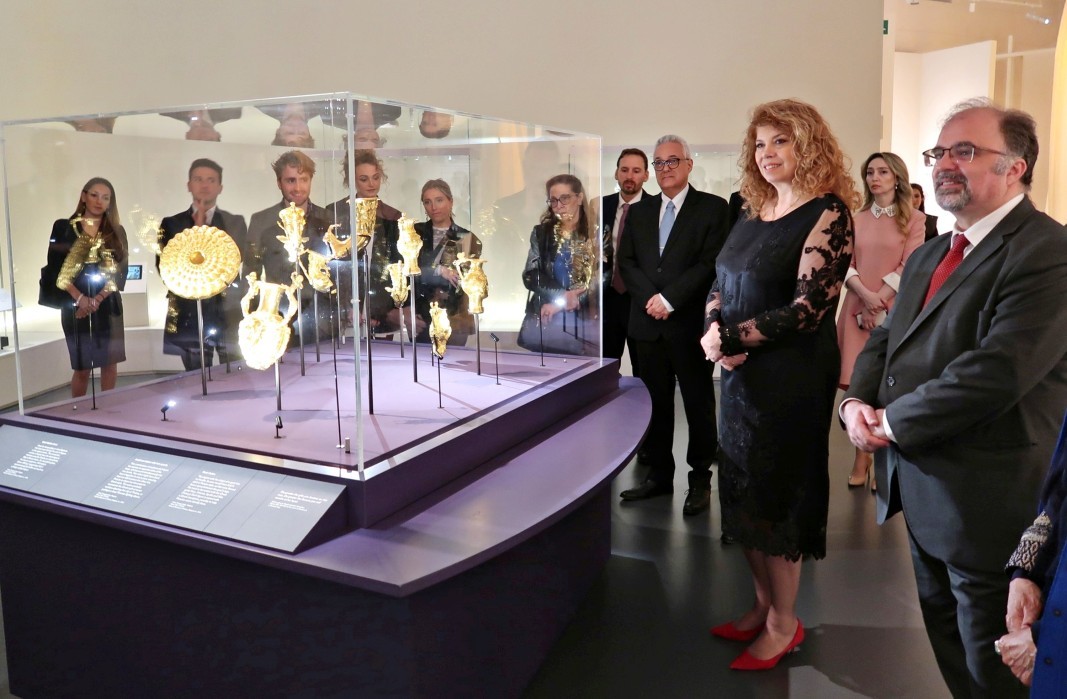


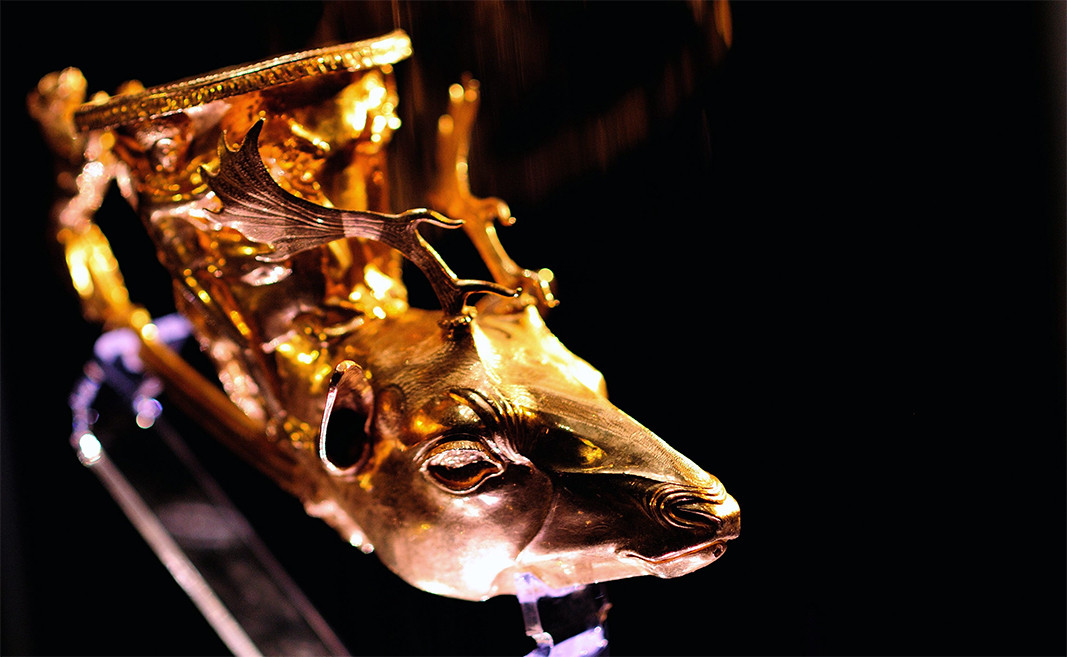
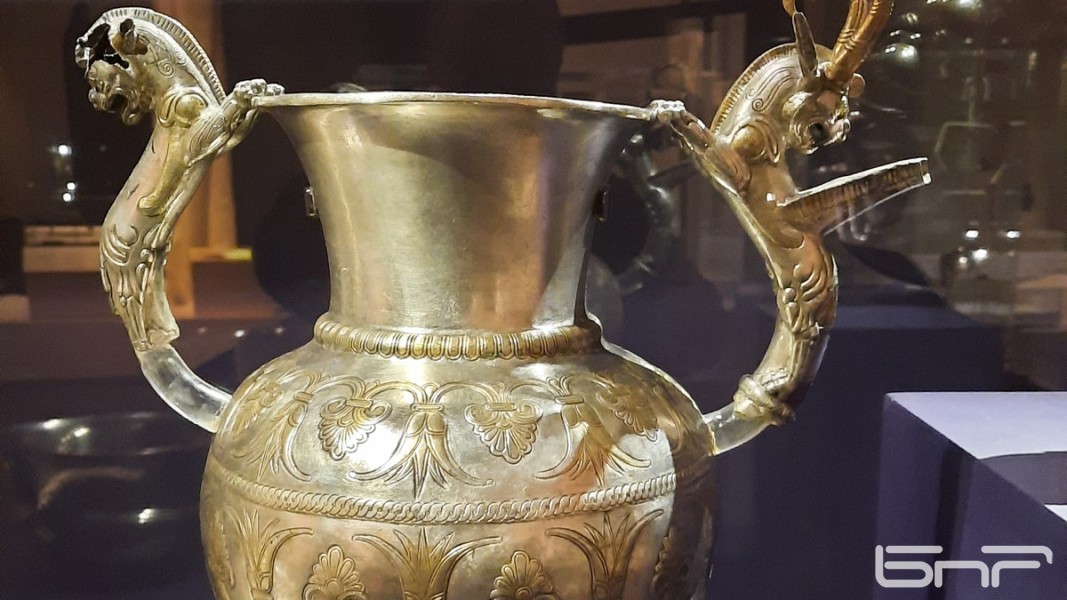
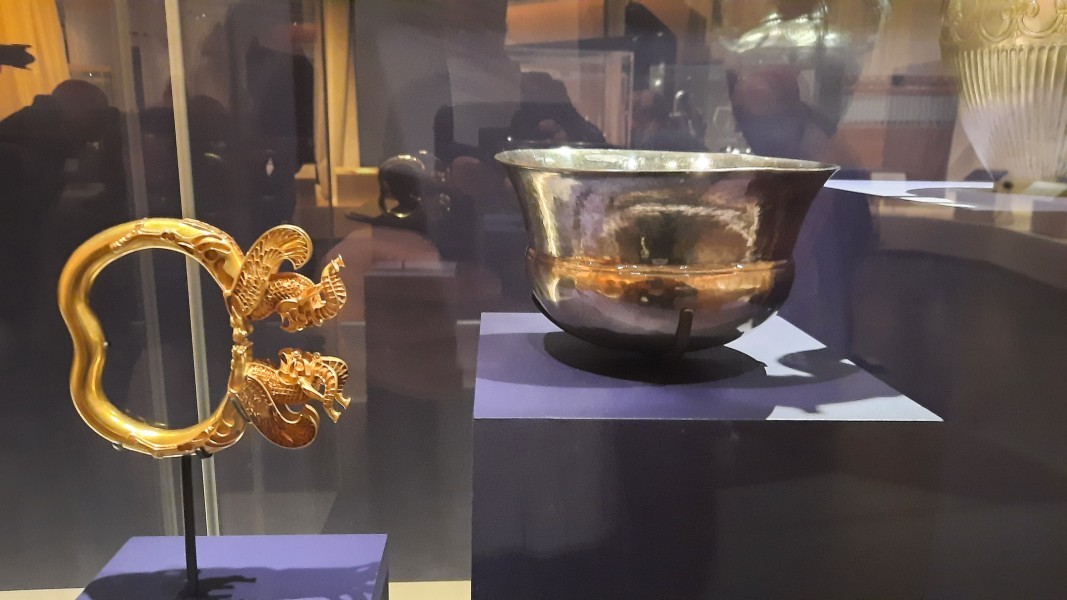
Read also:
Photos: Veselin Paunov, BTA, BNR, BGNES
Edited and published by Rositsa Petkova
The oldest opera theatre in Bulgaria outside the capital Sofia - the Stara Zagora Opera , which is celebrating a remarkable centennial anniversary this creative season, presents a new production of Verdi's masterpiece Rigoletto on March 28 and 29...
“Standing on stage in front of so many people, with everyone looking at you and listening to the Bulgarian anthem is just a bomb of emotions,” says Dalia Rogova, who is Bulgaria’s new hope for a gold medal at the Dance World Cup, which this year will..
Renowned soloists and ensembles are special guests at the 25th edition of the European Music Festival in Sofia, which began on March 12. The festival is organized by Cantus Firmus with the support of the Sofia Municipality and the Ministry of Culture...
The Symphony Orchestra of Vratsa – Simfonieta, has become a haven for violinist Alena Chekhova. She was born in the Russian city of..

+359 2 9336 661
